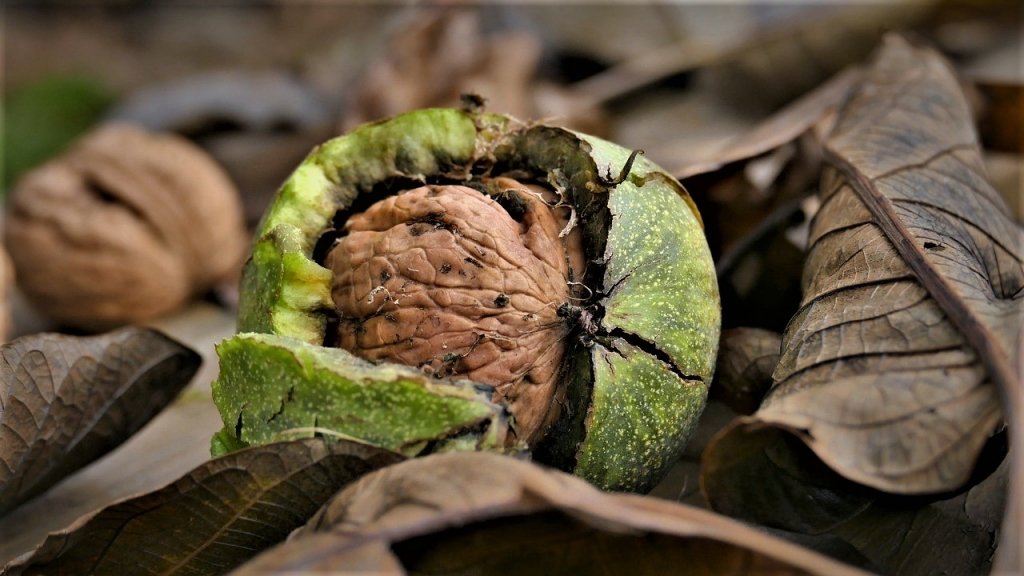
Lime: an intelligent material
Because lime can regulate humidity
The open structure or porosity of lime ensures good vapour permeability and a low capillary effect: lime does not retain water or humidity for a long time, on the contrary: the material allows a smooth migration of vapour.
A lime mortar will sort of absorb water and moisture and release them very quickly as water vapour. This process takes place gradually and does not affect the properties and quality of the mortar in any way. A lime plaster or joint therefore dries easily (for example after a rain shower).
Construction materials as well as the ambient air always have a certain moisture content. In a construction, this content can increase further, for example, by rising damp and all kinds of infiltration via cracks and other defects. The specific properties of lime plasters prevent this unwanted excess moisture from accumulating. It can migrate through the wall in two directions as water vapour, leaving the building. Condensation, mold and foam are thus avoided.
Good humidity management and drier air also provide better insulation value for the construction.

Because lime is a strong material

Once hardened, lime is strong enough to make contemporary masonry, even very complex structures and tall buildings like cathedrals.
Lime also has another property that makes the material unique and distinguishes it from other binders: its elasticity. A lime mortar can absorb the deformations of wall structures to some extent without cracking.
What does lime owe this to? Building lime reacts in several “phases”.
An initial hydraulic reaction causes primary hardening of the binder. It gives the masonry its cohesion.
Subsequently, the lime gradually hardens, even after a few years, thanks to a reaction with the CO2 present in the air (= carbonation). It is this slow hardening that gives flexibility and elasticity to a lime mortar.
This elasticity in turn limits cracking. This is why crack bridging operations such as fiberglass or fiberglass nets or organic fabrics are unnecessary when using iBio lime mortars.
Because lime insulates

Air trapped in the pores of a material gives it thermal and acoustic insulation properties. Lime, like other insulating materials, contains a lot of small voids. However, the great advantage of lime is that this material remains dry and therefore does not lose its insulating value, unlike some more conventional insulation products.
Due to its considerable mass and porosity, lime also has good absorption capacity, so that, for example, sound waves will be reflected less in a room.
Lime: a green material
Limestone is not a scarce resource, our land still has a huge stock of it. It can be found all over the world and does not require any special harmful additives to turn it into a useful building material.
Thanks to the relatively low combustion temperature (900 – 1200 ° C) of lime, the production process requires less energy than for example cement (min. 1450 ° C for Portland cement, but a cement kiln burns on average at 2000 ° C).

Thanks to its high specific weight, lime gives a certain inertia to a wall. As a result, the absorption and release of energy does not take place suddenly, but rather gradually. There will therefore be less temperature fluctuations in the interior space and less energy consumption required to keep a room cool or warm.
Due to its physical properties specific to the building (humidity regulation, vapour permeability, etc.), lime ensures a healthy indoor climate and reduces the risk of allergies.
At a time when the circular economy is gaining in importance, the reuse of building materials is also becoming a priority. Lime fits perfectly into this logic because it can be easily removed from the masonry and leaves fewer marks: brick, natural stone, wood and others can therefore be perfectly cleaned and reused.
Why all these colours?
Lime can, literally but also figuratively, bring colour to an interior: the material gives depth to the walls and can be finished in different ways, for everyone.
A lime-based wall finish has a matte appearance, which promotes color fastness, especially since only natural colour pigments can be used.
Finally, lime has a very natural, slightly moiré appearance.

